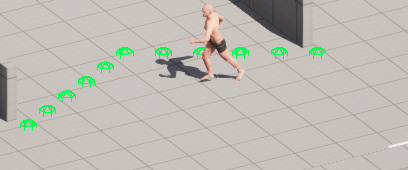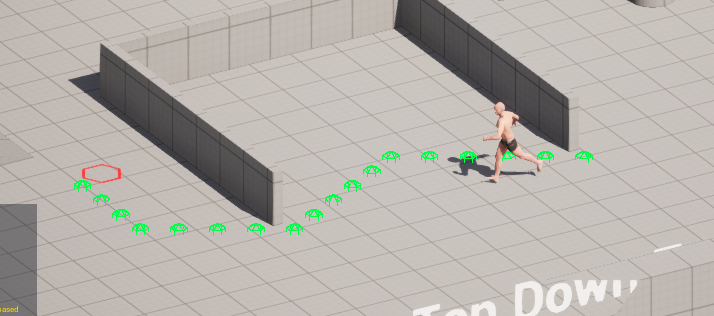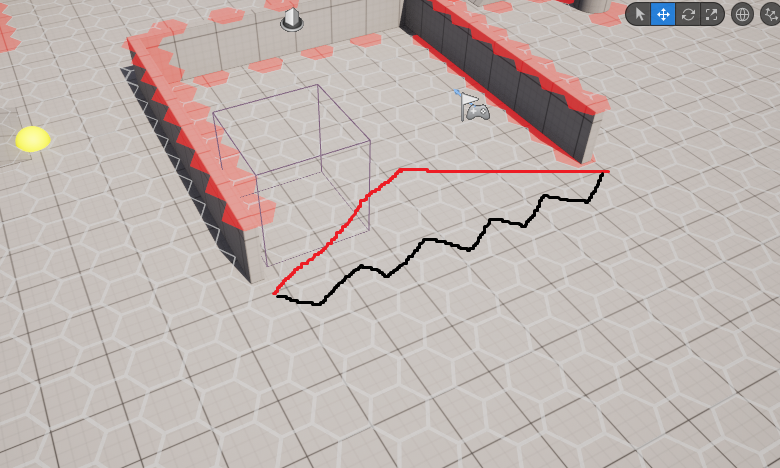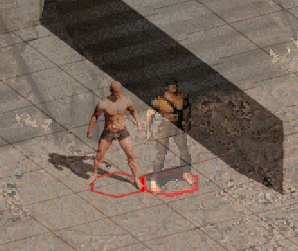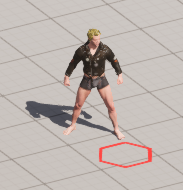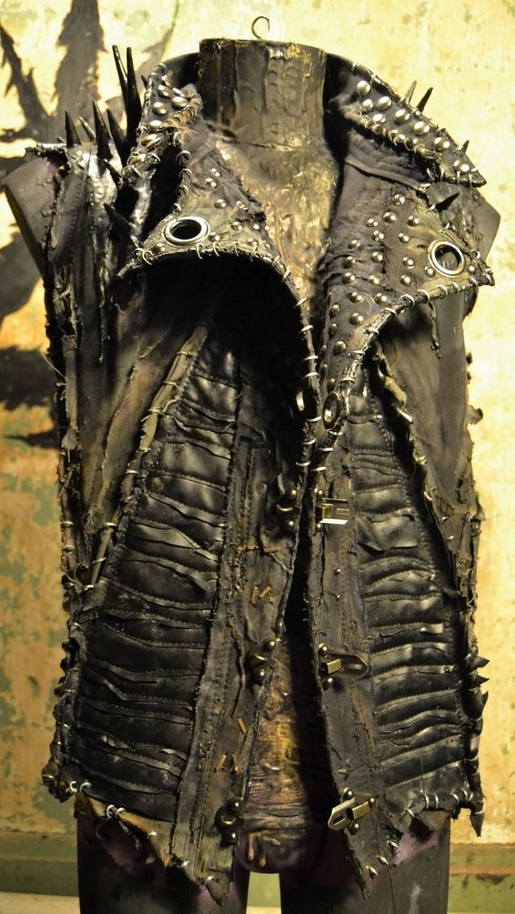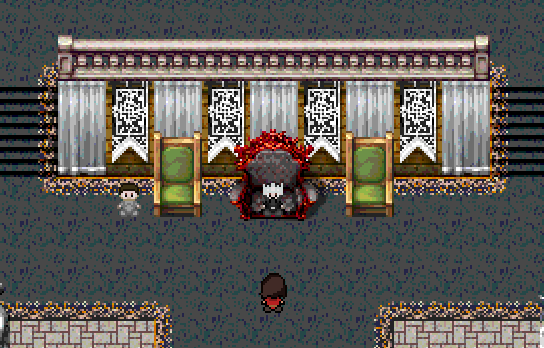Lance Treiber
Educated
- Joined
- Feb 23, 2019
- Messages
- 65
Took a marketplace product that I happened to be familiar with, because I helped a client with it. It's an MMO kit, but within two hours I made it into a single player RPG Kit. It lacks some functionality, but mostly it's all there.
Some difficulties encountered so far:
- Only Characters possessed by a PlayerController can be moved through Add Input Vector in UE5. Meaning that non-player characters can only move on the NavMesh, which is ridiculous. Had to rewrite a bit of the standard engine classes.
Now I "fake possess" any number of party characters.
- Drawing the hex-like cursor above all surfaces, but behind the character, was a bit of a challenge.

- A lot of design to consider. Porting Fallout 1 into 3D is not obvious. Settled on allowing verticality. Notice hexes exist above each other. I expect a lot of pain in the ass to hide geometry between the camera and the character in the future:
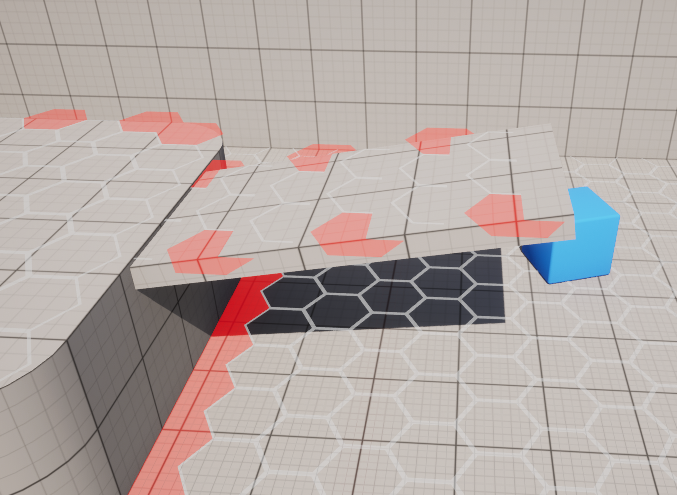
I've been at it with this project for a few days now, the progress is great. Tomorrow custom A* navigation to run on hexes.
Some difficulties encountered so far:
- Only Characters possessed by a PlayerController can be moved through Add Input Vector in UE5. Meaning that non-player characters can only move on the NavMesh, which is ridiculous. Had to rewrite a bit of the standard engine classes.
Now I "fake possess" any number of party characters.
- Drawing the hex-like cursor above all surfaces, but behind the character, was a bit of a challenge.

- A lot of design to consider. Porting Fallout 1 into 3D is not obvious. Settled on allowing verticality. Notice hexes exist above each other. I expect a lot of pain in the ass to hide geometry between the camera and the character in the future:

I've been at it with this project for a few days now, the progress is great. Tomorrow custom A* navigation to run on hexes.
Last edited:












